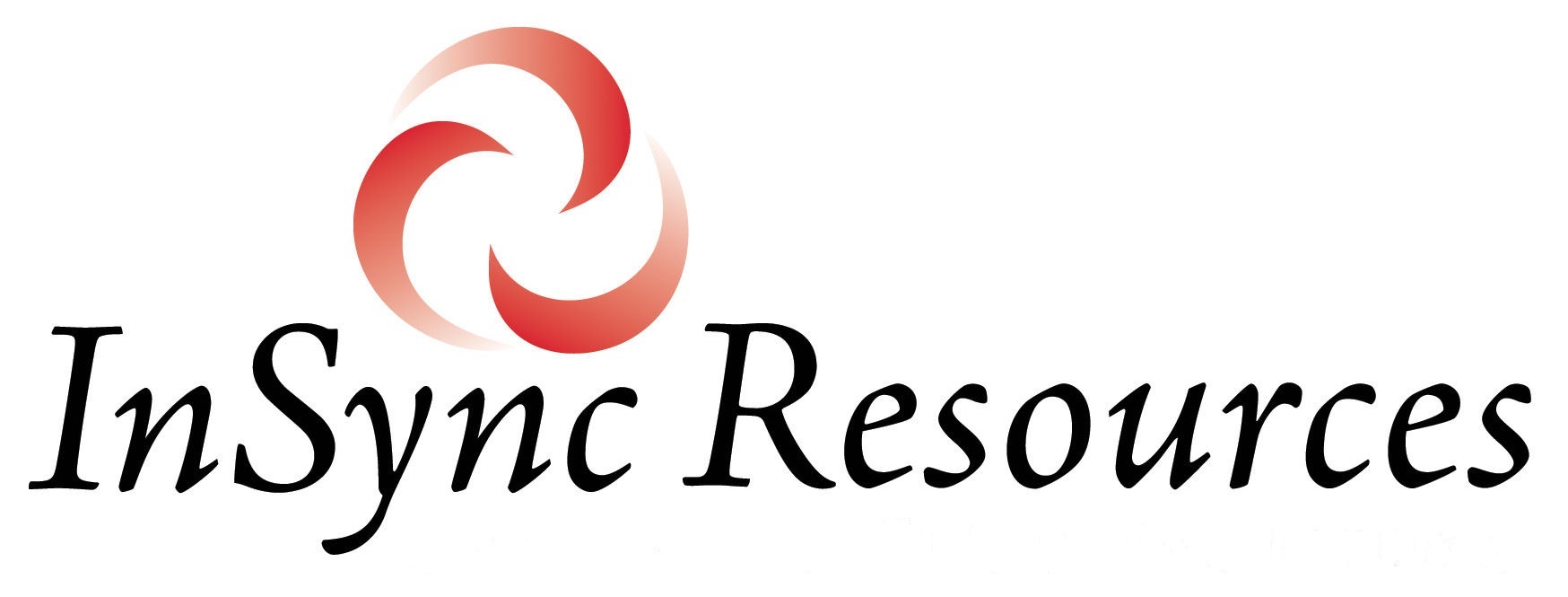
A New Era of Pay Transparency
The concept of pay transparency isn’t anything new. We’ve always had pay transparency with government agencies, and many companies prefer to advertise pay ranges on job postings. But you could say that we’ve officially entered a new era because pay transparency is becoming legally mandatory for more and more employers across the U.S.
Brett Christie’s December 2022 article (aimed at HR professionals), “Pay Transparency Laws Coming to a State Near You in 2023,” pointed out that California, Rhode Island, and Washington were in the process of joining Nevada, Connecticut, Maryland, and Colorado as states with some form of pay transparency. And in case you didn’t know, New York City has been requiring companies with four or more employees to publish pay ranges in job postings for some time now.
It’s interesting to note that Indeed.com, who has always collected pay information from employers who post jobs on their site (and that information feeds into salary data accessible to job seekers), made an important announcement during the summer of 2022 about a significant change to the posting process. Hoping to accelerate the practice of pay transparency, Indeed.com began adding estimated ranges to job postings even when employers chose not to publish the actual pay range. So, employers who once had the option to publish or not publish pay ranges on their postings through Indeed.com no longer have a choice when posting on the site.
What Does Pay Transparency Mean for You?
The obvious upside of pay transparency is that you’ll be given a lot more useful information to help you decide whether to apply for an advertised job when it catches your interest. And although pay information has always been out there on the internet, free to find and use in negotiating a pay raise with your current employer, it will be even easier to access the data you’ll need to make your case.
However, if you think pay transparency means that you won’t be negotiating your next job offer, think again. Here are just a few reasons why this is the case:
- As mentioned above, job postings could be showing you estimated and not actual pay ranges.
- It is believed that some employers are using legal loopholes to post artificially low ranges (see resources below).
- If a company wants to avoid alerting competitors to its pay strategy, it could increase the use of recruiting methods such as sourcing passive candidates (aka headhunting) and/or asking employees to refer candidates instead of posting openings on job boards.
In summary, with pay transparency comes more helpful information, more easily, but it also means that you still need to be savvy about knowing and negotiating what you’re worth.
Helpful Resources
Check out the resources note below for some additional insights and helpful tips on this topic.
“How to use pay transparency to negotiate a better salary” by Sharon Epperson and Stephanie Dhue. While this article states several obvious advantages pay transparency provides to the job seeker, the authors provide two particularly useful insights: 1) Negotiate on more than salary. “Perks such as flexibility in hours, remote work, paid time off, mentorship, travel and professional-development conferences can add significant value.” and 2) Use pay transparency when negotiating a raise.
“Turns out companies are deflating their public salary ranges, so you still have to negotiate for top dollar” by Jennifer Liu. This article cites Payscale’s senior corporate attorney, Lulu Seikaly, who thinks employers are posting artificially low ranges and that job seekers should still negotiate. From the article: “While pay transparency won’t eliminate salary negotiation, it will give candidates the confidence to speak more openly about their expectations of pay,” Seiklay says. “The burden is now on the employer to determine the pay range, rather than the employee to initially voice an expectation, which levels the negotiation playing field.”
“Advertised salary ranges are not set in stone. That’s why you still have to negotiate” by Jeanne Sahadi. This article addresses what you need to know about the posted ranges, talks about how employers are legally allowed to pay more than what they’ve posted, and reminds us that the range is typically the base salary, which doesn’t represent the whole compensation picture. After laying out several convincing reasons for not taking “advertised ranges as gospel,” the article provides excellent tips for talking to recruiters at the front end of the process and negotiating pay when you have an offer in hand.
“How to negotiate higher pay using new salary transparency laws” by Gabriela Riccardi. This article provides tips for how to use pay transparency to negotiate better pay, including pointing out that you can ask for more than what’s advertised and what to do when you can tell the posted range is much wider than you believe it to be in reality.
